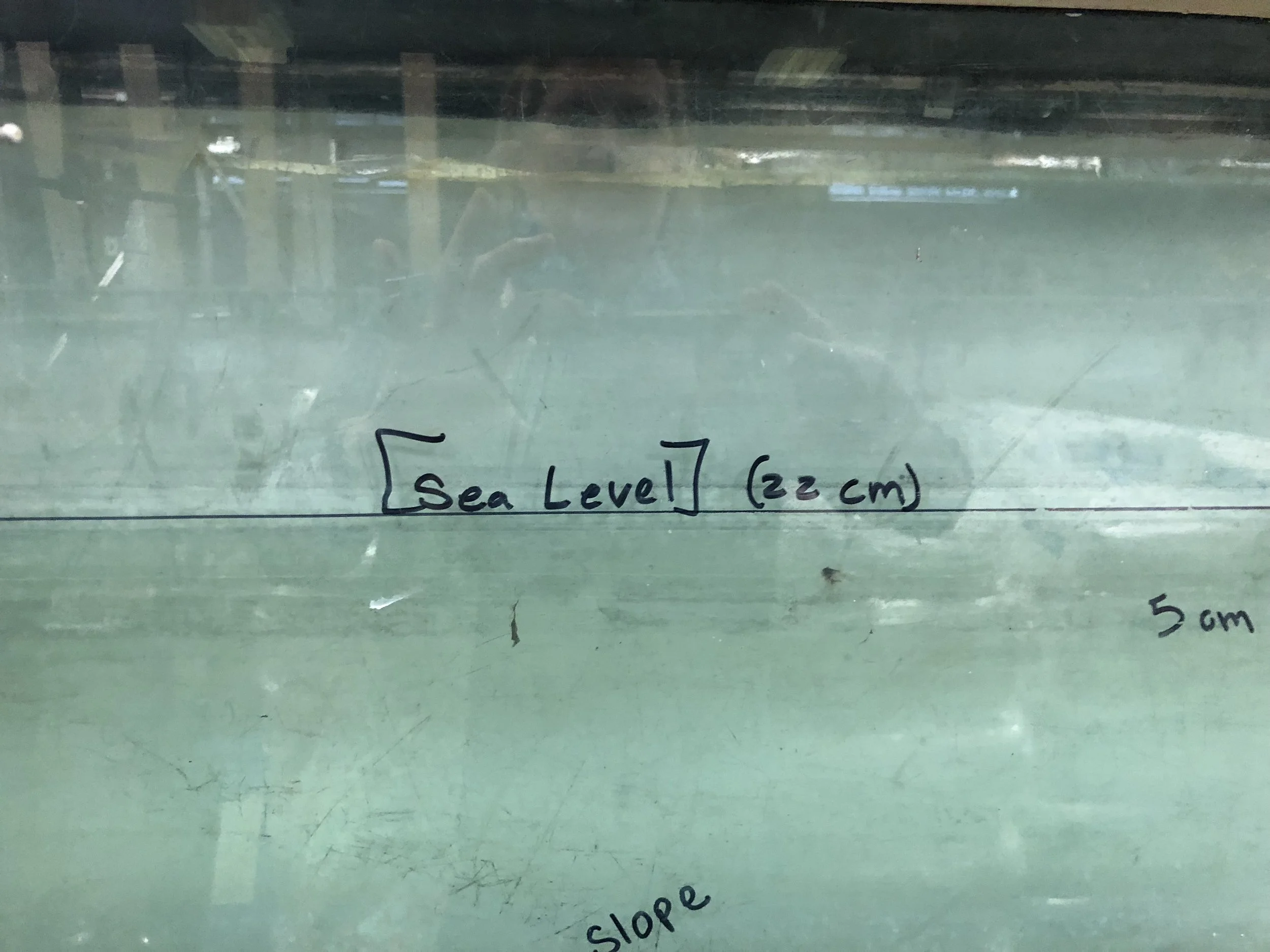Our history of harnessing water goes back to ancient Greece when it was used to grind grain into flour. It’s serendipitous then, that in Minneapolis, the St. Anthony Falls Laboratory (SAFL) is headquartered on the river that gave birth to Pillsbury and General Mills – modern-day titans who turned grain into flour right here.
But there’s so much more going on down there then breaking bread.
SAFL is an interdisciplinary fluids research and educational facility of the College of Science and Engineering at the University of Minnesota. They are located just off St. Anthony Main nestled right alongside our mighty Mississippi. Their research is focused at the intersection of fluid dynamics and major societal challenges in energy, environment and health.
Thanks to WRISE, Women of Renewable Industries and Sustainable Energy, our team recently had the privilege to have an in-depth visit to SAFL and what we saw was jaw dropping and inspiring.
The facility receives flow directly from the river. It has some of the largest, natural flow simulations available in the country. In fact, we had the privilege of watching the University of Texas at Austin test flow simulations at a scale only achievable at SAFL.
Imagine an 8-foot-wide, 30+-yard channel where scientists use laser photography to track the impact of heightened flow on river banks and river bottoms. These are the minds that are going to protect us from the rising, overflowing rivers.
Imagine a young scientist with blue dye on his fingers running an experiment in a large tank. He’s simulating the impact of global warming to examine how coastal islands might protect the shoreline and the inland water quality from the turbulence of rising waters. How lucky will those shorelines be because of this work?
Imagine a scientist speaking energetically about the impact of underwater turbines already installed in the East River in New York. He is telling us about the innovation of shifting those turbines from an upright stance onto their sides, to increase impact and minimize disruption with boating and aquamarine life.
Imagine a scientist whose job it is to wait for a snowstorm and then race through the night to the wind turbine and fire up a spotlight so he can measure the impact of the wind on the snowflakes. This is so that, when row upon row of hydro turbines get installed anywhere on this earth, we have the math to anticipate the detailed impact of the flow. (#onlyinMN)
This work blends engineering, environmental, geophysical and biological fluid mechanics. These scientists advance the efforts of public and private organizations all over the world. It’s right here in Minneapolis a.k.a. the “Water City” and we recommend taking a tour.
Thanks to WRISE for sharing this gem with women scientists, advocates, interested professionals like us and students. The culture of scientific rigor, collaboration, inquiry and benefit to mankind and the planet could not have been more potent.
Power on.
INTERESTED IN GROWING THE NEW ENERGY INDUSTRY?
Explore our energy insights for emerging models and communications tactics that connect.




